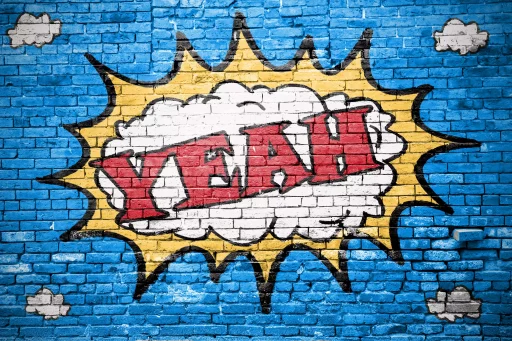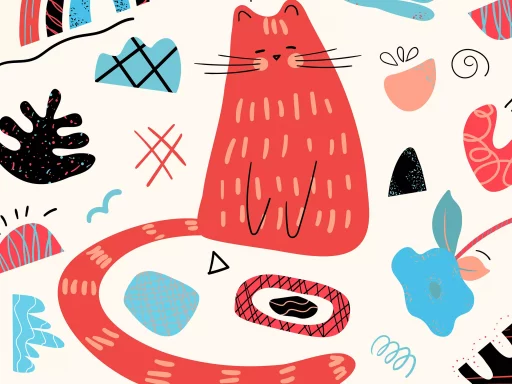What is a Twink?
The term “twink” has evolved over the years, especially within LGBTQ+ communities. Initially derived from the word “Twinkie”—a sweet, soft snack cake—the term describes young men, usually in their late teens to early twenties, who exhibit a slim build, little to no body hair, and a generally boyish appearance.
Historical Context
The emergence of the term twink can be traced back to the early 1960s when it began to gain traction in gay culture. It became notably popularized in the 1990s during the gay nightlife scene, where it was commonly used to describe a particular archetype among younger gay men. The term speaks to a certain aesthetic and lifestyle that resonates with a segment of the LGBTQ+ community.
Characteristics of Twinks
While the definition may vary, commonly accepted characteristics of twinks include:
- Age: Typically young, often between the ages of 18 and 30.
- Body Type: Generally slim, lean, and lacking pronounced muscle definition.
- Style: Fashion-forward, often embracing colorful or trendy clothing and hairstyles.
- Attitude: Many twinks are seen as outgoing, flirtatious, and social.
Use in Popular Culture
The term twink has found a place in popular culture and media, with various representations in films, TV shows, and online platforms. Examples include:
- Movies: Films like “The Birdcage” and “Call Me by Your Name” feature characters that may be interpreted as twinks, highlighting the diversity and complexity of LGBTQ+ identities.
- Television: Shows like “Will & Grace” often portray young, flamboyant characters that fit the twink archetype, further embedding the term in mainstream culture.
- Social Media: Platforms like Instagram and TikTok have spawned influencers and content creators who embody the twink lifestyle, promoting a more inclusive and varied representation of young gay men.
Case Studies: Twinks in the LGBTQ+ Community
To better understand the significance of the twink identity, let’s examine a few case studies that showcase its impact within the LGBTQ+ community:
Case Study 1: Social Perception and Acceptance
A study conducted by the Williams Institute found that twinks often face both admiration and criticism. On one hand, their youthful energy and style are celebrated at LGBTQ+ pride events; on the other hand, they sometimes encounter stereotypes of superficiality or lack of seriousness.
Case Study 2: Online Communities
Websites and forums such as Reddit have dedicated spaces for discussions around twink culture. Users share their experiences, fashion tips, and advice on navigating relationships as a twink. This online presence helps build a sense of community and support.
The Intersection of Identity and Labels
While the term twink is often embraced, it is also essential to recognize the complexities and intersections of identity it represents. Many gay men may identify with multiple labels, experiencing overlapping perceptions of themselves based on age, body type, and personality. As the LGBTQ+ community continues to evolve, the definition of twink may change too.
Statistics on Twink Representation
Recent surveys indicate a growing acceptance and representation of twinks in media. According to a survey by GLAAD:
- 62% of LGBTQ+ respondents felt that twinks are positively portrayed in current media.
- 54% believe twink representation contributes to broader acceptance of varied body types in the gay community.
- Only 20% reported that they felt comfortable identifying as a twink publicly.
Conclusion
The term “twink” reflects a specific archetype within the LGBTQ+ community but carries significant nuances. Understanding its definition, cultural relevance, and the social dynamics involved promotes a richer understanding of the LGBTQ+ experience. As society continues to progress toward inclusivity, the diverse identities, including that of twinks, will undoubtedly play an essential role in shaping narratives around gender and sexuality.





